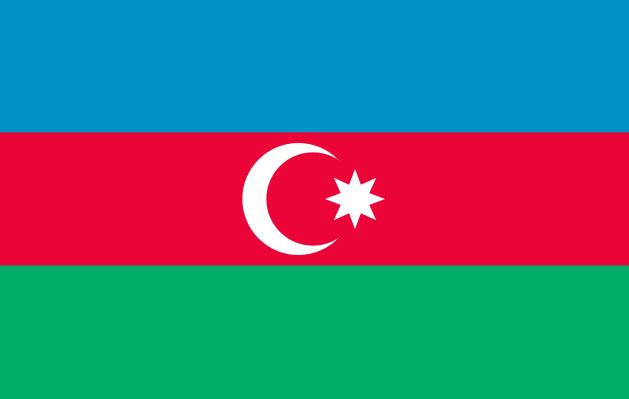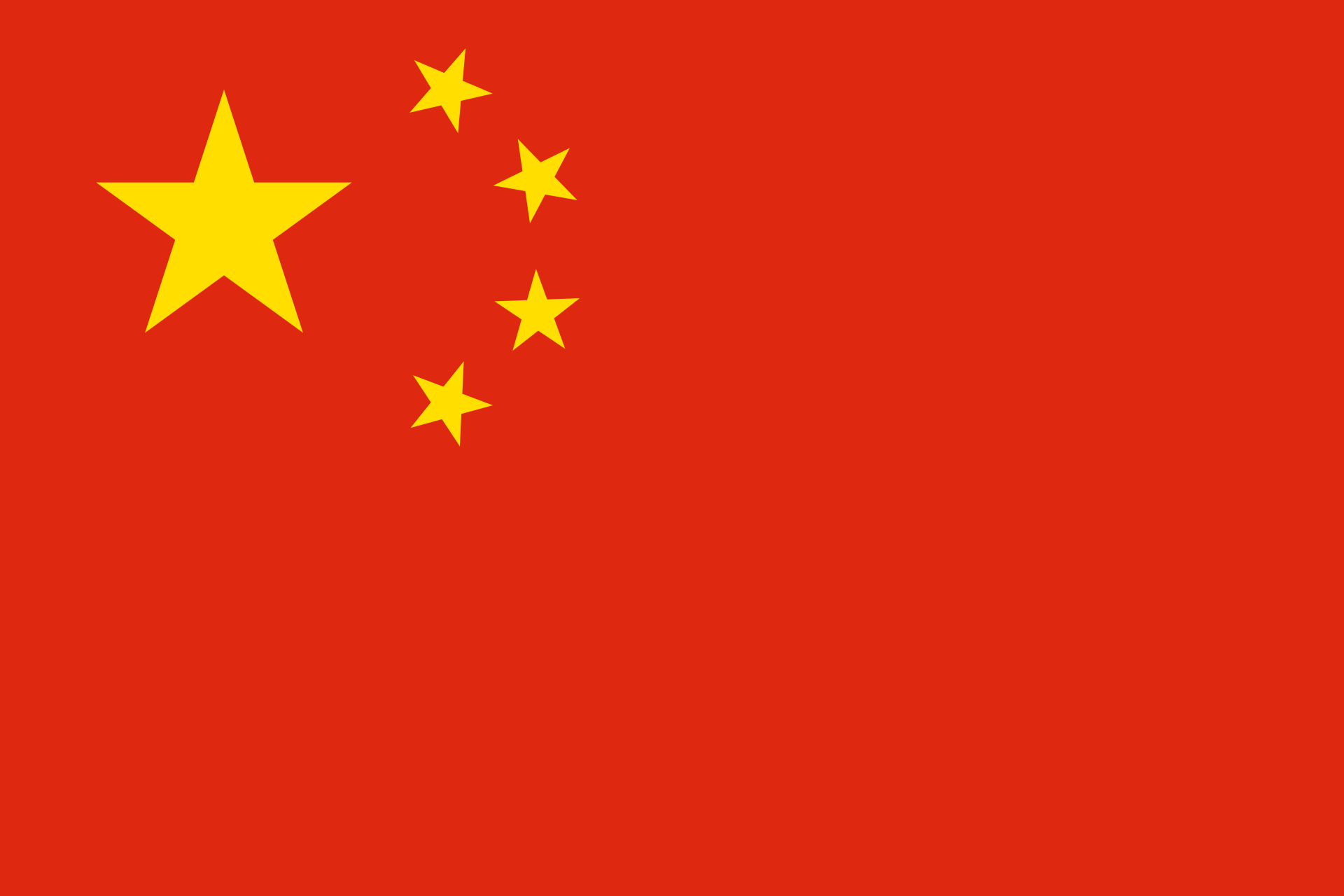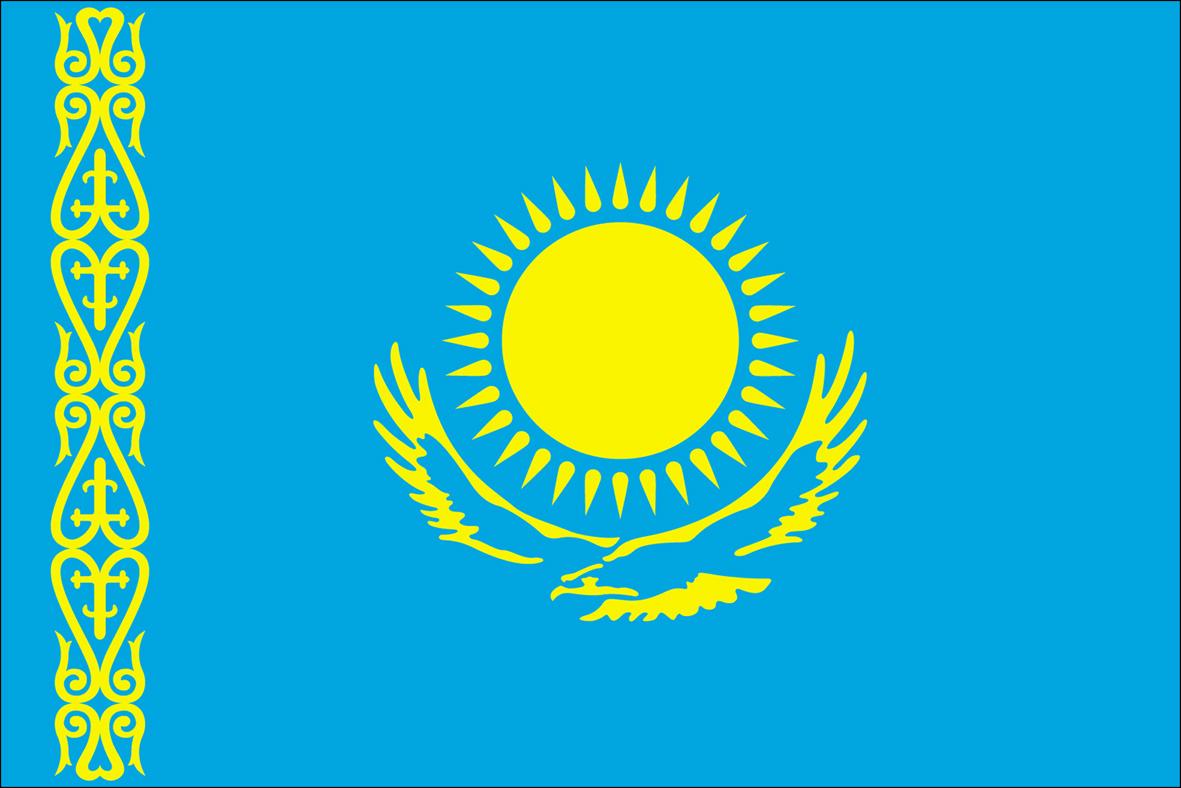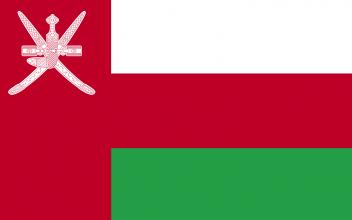During the Middle Ages, Baghdad acted as an important crossroads for trade routes (by land, river and sea). It served as a lively hub for trade within the region, and especially with neighbouring Islamic states. Internationally Baghdad served trade routes that extended out into East- and South-East Asia, the Mediterranean and Western Europe, even as far as Eastern Africa. Goods that passed through the city included diamonds, soap, ivory, camel fur, honey etc. Items were often traded in Baghdad and then re-exported, along with locally manufactured goods.
The 9th century ports of Ko Kho Khao and Laem Pho in Southern Thailand are uniquely rich in fragments of Chinese porcelain and Middle Eastern glass and glazed pottery. These two “boom towns” yield more Middle Eastern material than any other sites in Southeast Asia. And no site outside China contains such a quantity and variety of late Tang wares.
The trade and subsequent cultural contact between the Indian subcontinent and South Asian countries led to India having a very profound influence on politics, religion, culture and society in the region. Scholars refer to this phenomenon as “Indianisation “ or the “Indianised States of Southeast Asia”.
As merchants continuously expanded their markets, strong commercial, religious and cultural exchanges developed between the inhabitants of Tamil Nadu (India) and Southeast Asian countries. Reference to these exchanges can be found in literature and on inscriptions dating back to the beginning of the Christian era. The flow of Buddhist and Hindu religions spread across boundaries, for example via royal ambassadors being sent from China to erect a Buddhist stupa in Tamil Nadu.
Beads and animal remains further attest to the thriving range of maritime activities in Southeast Asia during the pre- and protohistoric periods. Finds also include balangays, which attest to Filipino ingenuity in boat building and seamanship. With significant maritime trading taking place, a wide diversity of goods have been found, including large quantities of non-Philippine low- and high-fired ceramic shards from a variety of objects. The high-fired ceramics can be traced back to China, Thailand, Vietnam and the Middle East.
Beads are some of the few remaining traded objects to be found along the immense silk routes. Like ceramics, they also reveal innovations in the development of their means of production, as well as changing tastes and uses. Four types of beads have been found in Southeast Asia: 1. Indo-Pacific monochrome beads (2nd century BC to 1200 AD), which were made by Indians and Tamils; 2. Segmented, folded and mosaic eye beads (9th – 11th century AD), which originated in the Islamic West; 3.
As the list of merchandise travelling on the Silk Road diversified, so too did the means of transport. By the 1st century AD, maritime routes emerged, reflecting developments in shipbuilding and sailing techniques. Consequently, Thailand came to play a pivotal role with its geographical position in South East Asia and ports on either side of the Malay peninsular.
Thai people began maritime trade with other countries from prehistoric times and developed a sophisticated culture and know-how to sail in vessels. Despite this, Thai sailors were mostly not well known to the outside world. In fact, they rarely travelled far, unlike Chinese and Arab soldiers. This was because of the availability of a wide variety of resources in the Thai region, meaning that there was little necessity to go far afield for other foreign commodities.
The city of Tuban on the Javanese coast has a long history of seafaring and maritime trade. It was an entrepot and exported various goods such as salt, cotton, and tortoise shell. Tuban is mentioned in historic sources under the name of Kampang Putih from the 11th century onwards. It prospered during the Majapahit Empire until the 15th century, when it lost some of its importance due to the rise of the nearby harbour of Gresik.
Tibetan sources indicate that Genghis Khan, the founder of the Mongol Empire, was born in 1182, but this date is contradicted by Mongolian chronicles and Arab writings. A famous Mongolian historian and scientist subsequently fixed the birth date on the 31st of May, 1162. Starting from the Mongolian astrological birth date of Genghis Khan, it is possible to recalculate the exact day and situate it on the 1st of May, 1162.




